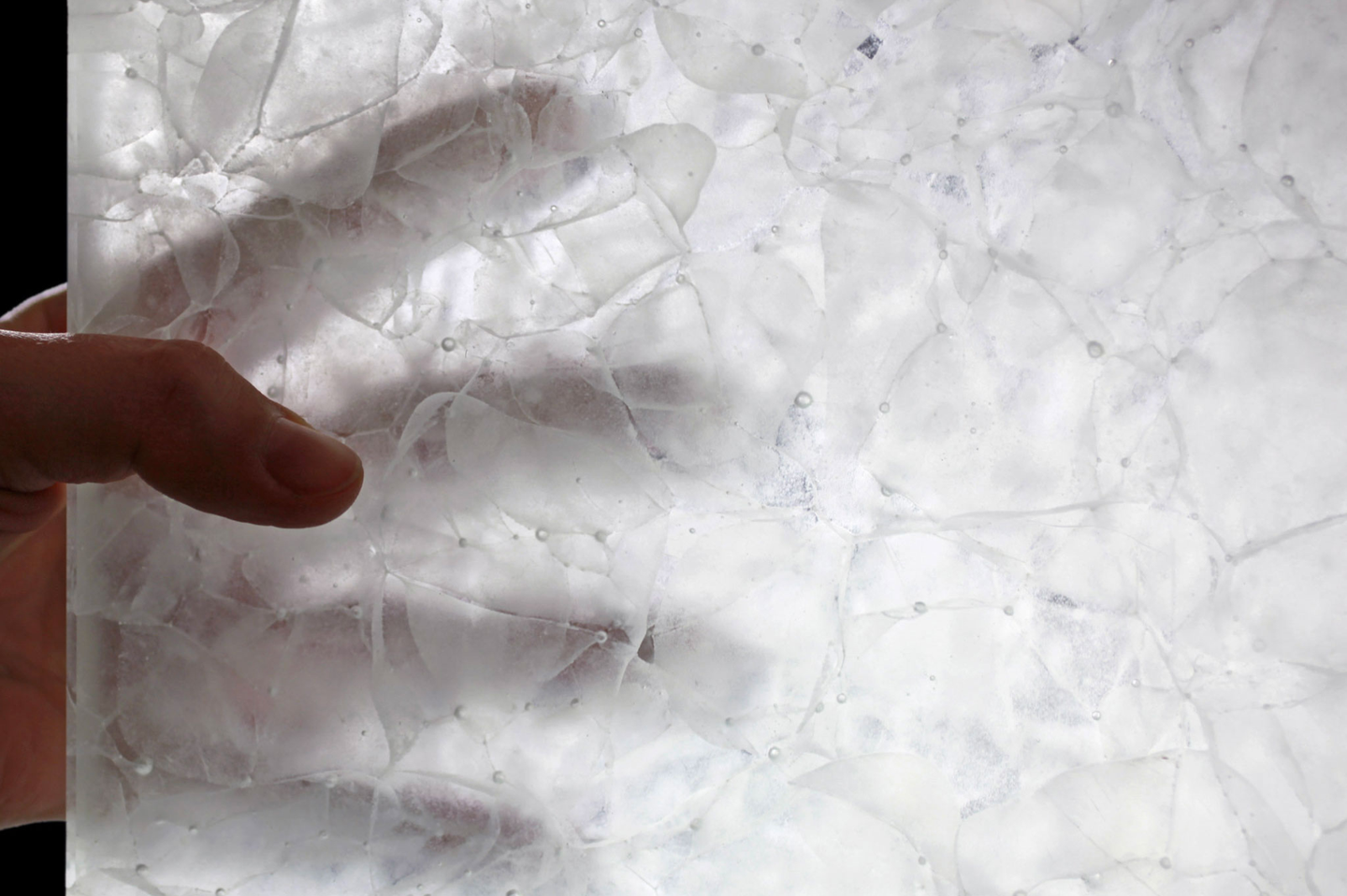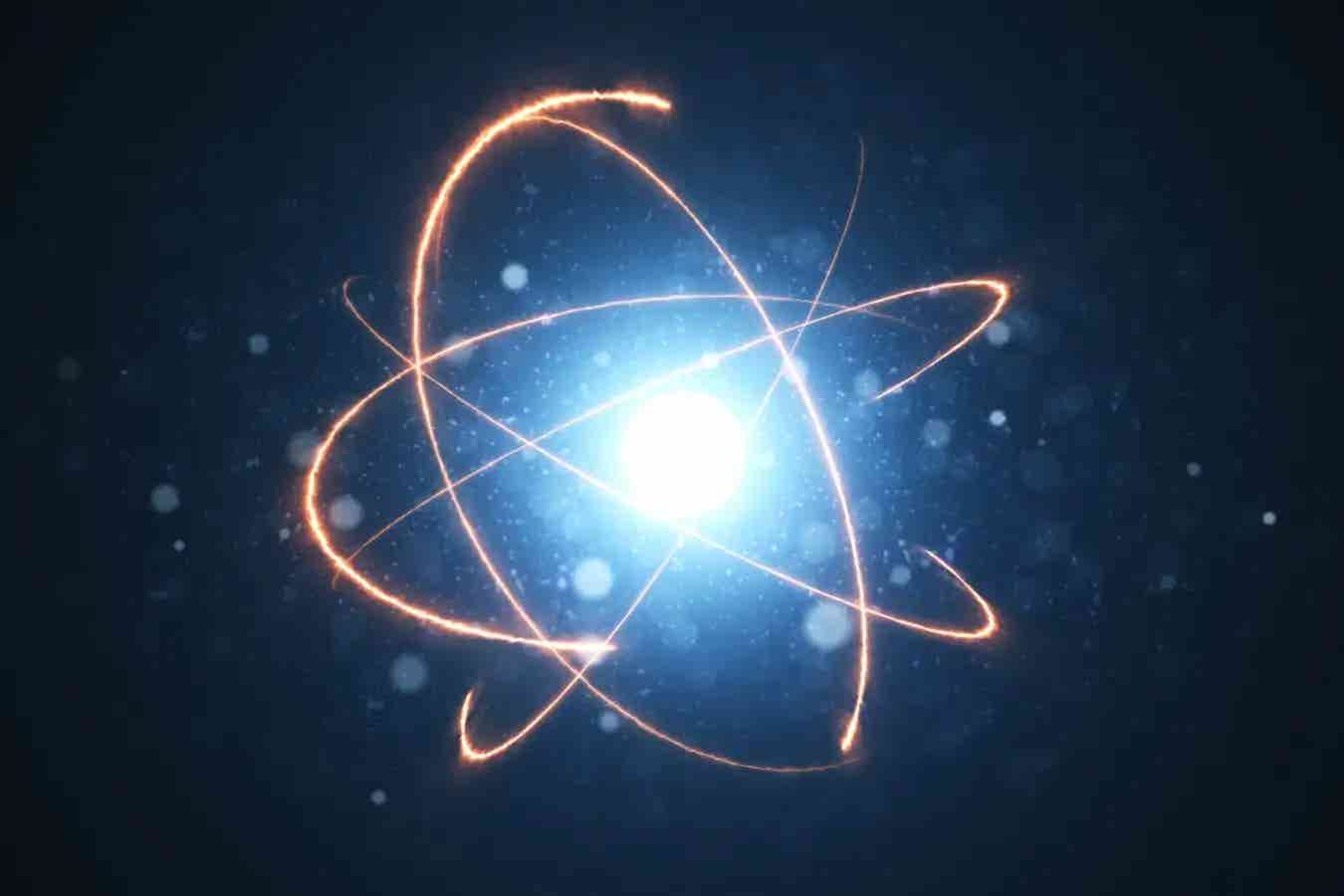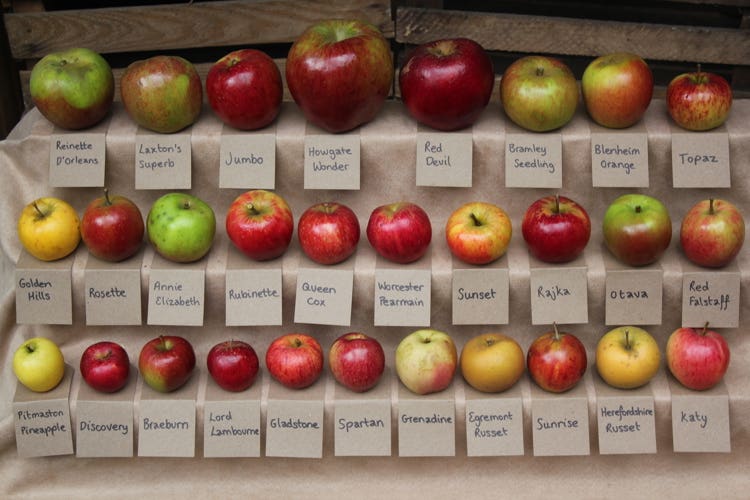Scientists develop the first-ever eco-friendly, biodegradable, biorecyclable glass
Researchers have developed an eco-friendly glass of biological origin made from biologically derived amino acids or peptides.

[Mar. 19, 2023: JD Shavit, The Brighter Side of News]
Researchers have developed an eco-friendly glass of biological origin made from biologically derived amino acids or peptides. (CREDIT: Creative Commons)
Glass has been an essential material in our daily lives, from eyeglasses, windows, mirrors, to water glasses. It is ubiquitous in nature and plays a crucial role in human life. However, the extensive use of non-biodegradable glass that cannot be naturally eliminated causes long-term environmental hazards and social burdens.
To address this issue, a group of Chinese researchers led by Professor Yan Xuehai from the Institute of Process Engineering (IPE) of the Chinese Academy of Sciences has developed an eco-friendly glass of biological origin made from biologically derived amino acids or peptides. The innovative glass is biodegradable and biorecyclable, offering a sustainable solution for the growing plastic waste problem.
The study, which was published in Science Advances, details how the researchers utilized chemically modified amino acids and peptides to fabricate biomolecular glass with biodegradability and biorecyclability features through the classic "heating-quenching" procedure.
Although biomolecules typically possess poor thermal stability and decompose quickly at the high temperatures used in glass manufacturing, the team was able to overcome this challenge by using modified amino acids and peptides.
Related Stories:
The researchers tracked the glass-forming ability, glass-transition-related kinetic and thermodynamic parameters of the material, as well as glass performance in vitro and in vivo. The biomolecular glass based on derivatives of amino acids or peptides showed a unique combination of functional properties and eco-friendly features, including excellent optical characteristics, good mechanical properties, and flexible processability, as well as the desired biodegradability and biorecyclability.
"The concept of biomolecular glass, beyond the commercially-used glasses or plastics, may underlie a green-life technology for a sustainable future," said Prof. Yan.
The widespread use of persistent, non-biodegradable glass has long been a global concern, and this innovative glass provides a promising solution. Traditional glass, such as commercial inorganic glass and poly(methyl methacrylate) (PMMA) organic glass, is biologically incompatible and not readily degraded in nature.
Schematic diagram of the biomolecular glass. The structural units are derivatives of molecular amino acids or peptides used to prepare a supercooled liquid through a high-temperature melting process and then processed into a glass by a quenching procedure. These glasses had excellent optical characteristics, flexible processability, as well as biodegradability and biorecyclability. (CREDIT: Science Advances)
As a result, the development of biodegradable and biorecyclable glass is expected to have a minimal environmental footprint. This development could have a significant impact on various industries, such as food packaging, electronics, and medical devices, as they seek to reduce their environmental impact.
The biodegradable and biorecyclable glass is still in the laboratory stage, and commercialization is still far off. Nonetheless, it represents an innovative solution to address the growing plastic waste problem.
Molecular mechanism of the formation of a glass starting from a single crystal. (A) In situ Raman spectra of Ac-F as a function of temperature. The Ac-F single crystal was heated, melted, and then quenched to form a glass. The inset shows the chemical structure of Ac-F with the oxygen atom types labeled. (B) Temperature change curve during the simulated annealing process. (C) Evolution of the number and types of hydrogen bonds during the simulated annealing process. Molecular packing modes within Ac-F single crystal (D) and glass obtained through molecular dynamics simulations (E), indicating regularly arranged hydrogen bond networks in the crystalline state and a chaotic molecular arrangement in the glassy state. (CREDIT: Science Advances)
The development of eco-friendly glass is a significant milestone in the quest for a sustainable future. The researchers aim to continue their work to improve the efficiency of the glass-making process and explore other ways to optimize the material's properties.
As the world continues to face environmental challenges, such as climate change, pollution, and waste management, innovative solutions like this eco-friendly glass provide a glimmer of hope for a sustainable future. The scientific community's collective efforts to develop sustainable technologies that address the world's challenges are critical, and they offer the potential to transform industries and improve our quality of life.
For more science news stories check out our New Innovations section at The Brighter Side of News.
Note: Materials provided above by The Brighter Side of News. Content may be edited for style and length.
Like these kind of feel good stories? Get the Brighter Side of News' newsletter.
Joseph Shavit
Head Science News Writer | Communicating Innovation & Discovery
Based in Los Angeles, Joseph Shavit is an accomplished science journalist, head science news writer and co-founder at The Brighter Side of News, where he translates cutting-edge discoveries into compelling stories for a broad audience. With a strong background spanning science, business, product management, media leadership, and entrepreneurship, Joseph brings a unique perspective to science communication. His expertise allows him to uncover the intersection of technological advancements and market potential, shedding light on how groundbreaking research evolves into transformative products and industries.



